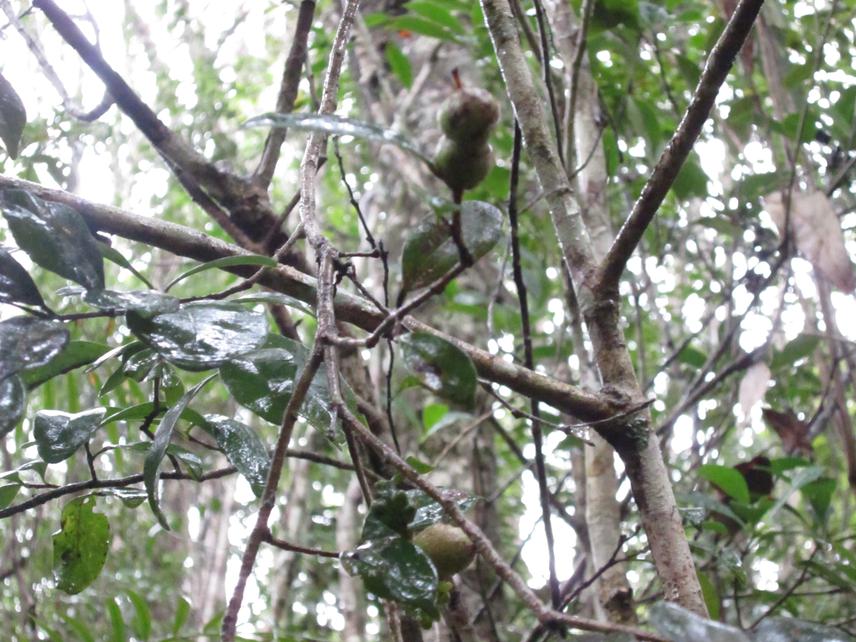Nantenaina Rindra Harilanto
Other projects
While galls on leaves or twigs of plants are often considered as detrimental for the host, they may also provide benefits to the plants by attracting frugivores, which play vital role as seed dispersers. However, we don’t know about the validity of such concept, but it could provide us important insights in understanding the mechanism of plant-frugivore interactions. In this project, I propose to investigate how plant galls influence plant-frugivore interactions and plant fitness. To do this, I will use data on field observations of seed dispersal by two lemur species and analyses of gall trait in the field and in laboratory (morphological and nutritional). The field portion of this project will be conducted in the rainforests of the Complex Torotorofotsy-Ihofa, eastern part of Madagascar. This project is expected to advance our understanding of seed dispersal ecology and biodiversity maintenance.

This project will be conducted in the rainforests of Complex Torotorofotsy-Ihofa, in the region of Andasibe, east of Madagascar. It aims to investigate how insect-induced galls influence plant-frugivore interactions and plant fitness. Such research objective can provide new insights in understanding plant-frugivore interactions and can shed light on the potential roles of galls in evolutionary and ecological contexts. This project is also important for our understanding of the mechanism that might influence plant fitness and the maintenance of plant diversity. It will be focused on:
1) characterizing how gall conspicuousness affect lemur frugivore attractions to infected plants,
2) investigating the importance of galls in lemur frugivore diet
3) determining the ecological consequences of galls on plant fitness.
To reach these objectives, I will use data from field observations of lemur attractions to fruiting plants combined with data on gall traits from examination of plants in the field and in herbaria. In the field, I will follow groups of frugivorous lemurs, I will focus on the feeding behavior and record what plant species and which organ it consumes (fruits, leaves, leaves with galls, galls on twigs). Also, I will measure the following traits on galls on plant specimens at several herbaria and from field collection of infected plants: color against foliage background and relative to fruit color, size relative to fruit size and shape relative to fruit shape. I will also dissect galls and carefully look under a microscope what mechanism might have induced the galls (i.e.: insect, fungi or bacteria). Then, I will conduct nutritional analyses of all plant organs that the frugivorous lemurs are consuming, and investigate the relative importance of nutrients in galls compared to fruits and other plant materials. Finally, I will use the data on frugivore attraction to galls to investigate whether that increases the probability of seeds to be dispersed.
This project is expected to provide insights in understanding the interactions of plants with other species (insects and frugivorous vertebrates). It not only gives primarily data for macronutrient and energy providing by galls for frugivore, but, it will also shed light the important roles of frugivore in maintaining the equilibrium of ecosystems by dispersing seeds, and will explore a unique and poorly understood ecological process. I am hoping to make an important discovery that will contribute to the advancement of the field of plant science and conservation through this project.